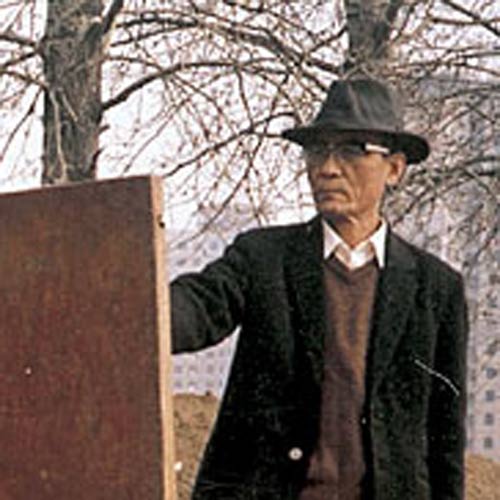Xin Mang(Late)
Xin Mang, born in Hepu County of Guangdong Province, entered into Hepu Provincial 11 Secondary School Normal Academy in 1935 and participated in the Japanese Aggression Resistance movement in the same year. In 1938, he entered into The Northern Shaanxi Public School in Yan'an and joined the Communist Party in the same year. In 1939, he studied in Arts Department of Lu Xun Arts Academy and taught there, and then he taught at Fine Arts Department of North China Union University. Back to Yan'an in 1944, he worked as reasearcher in Arts Department of Lu Xun Arts Academy. In December 1949, he was appointed deputy director of Beijing Municipal People's Art Studio, the member of Beijing Municipal Literary And Artistic Committee. He used to be professor of Fine Arts Department of Beijing Normal University, and in 1980, he was elected as vice chairman of Beijing Artists Association. For Xin Mang's art life, he insisted on realistic creation and got great success in the revolutionary history paintings. In 1950, he authored the huge portrait of Chairman Mao at Tiananmen Gate and was successful. In 1951, he created "Chairman Mao in Yan'an Caves" which was a masterpiece and collected by Chinese History Museum. He had been to North Korea for field sketching, and participated in the People's Heroes Monument design and creation. In 1957, he created large-scale military history painting "Transfer" and in 1975, he created history painting, "Ke Dihua Involved in Anti-British Demonstration" and so on. Xin Mang had rigorous style, pursuit of historical truth and artistic truth..
